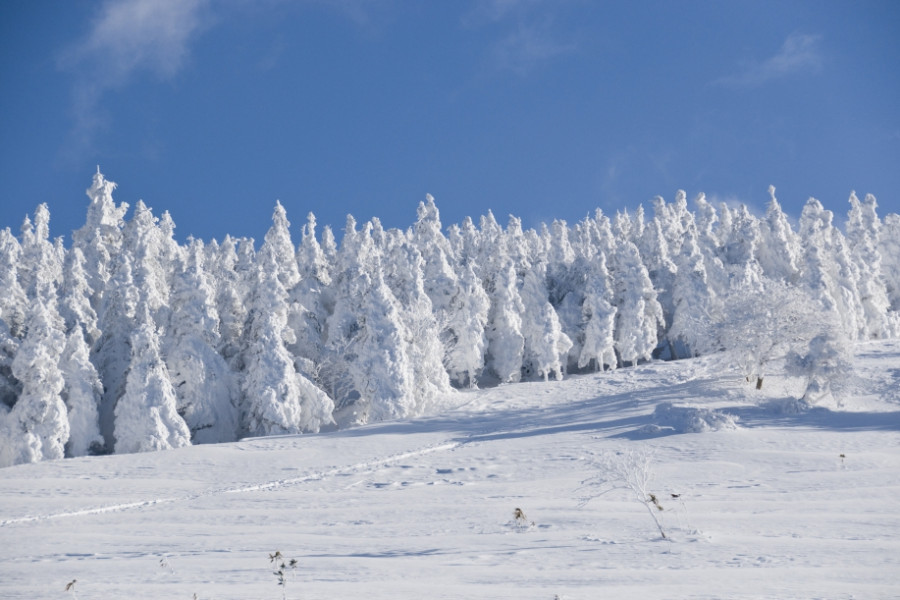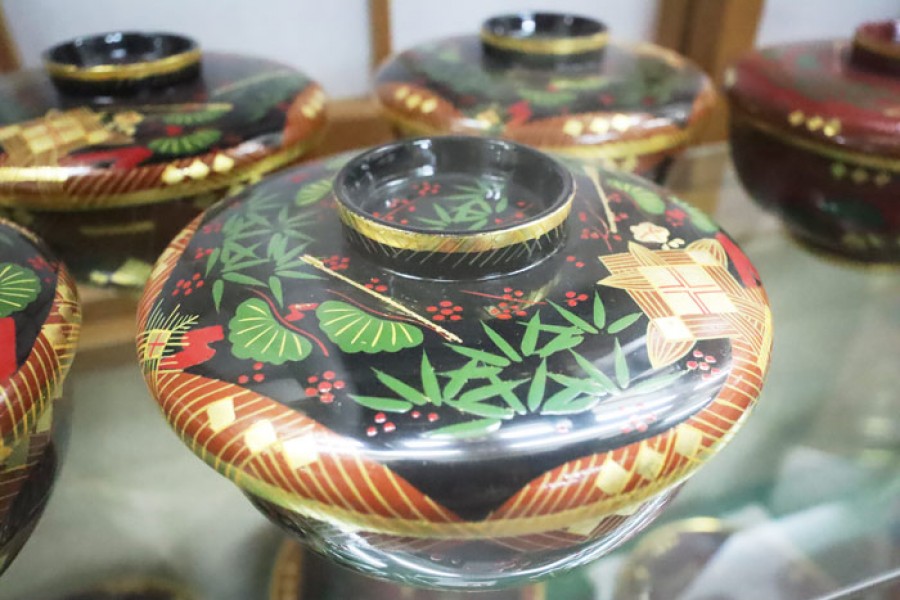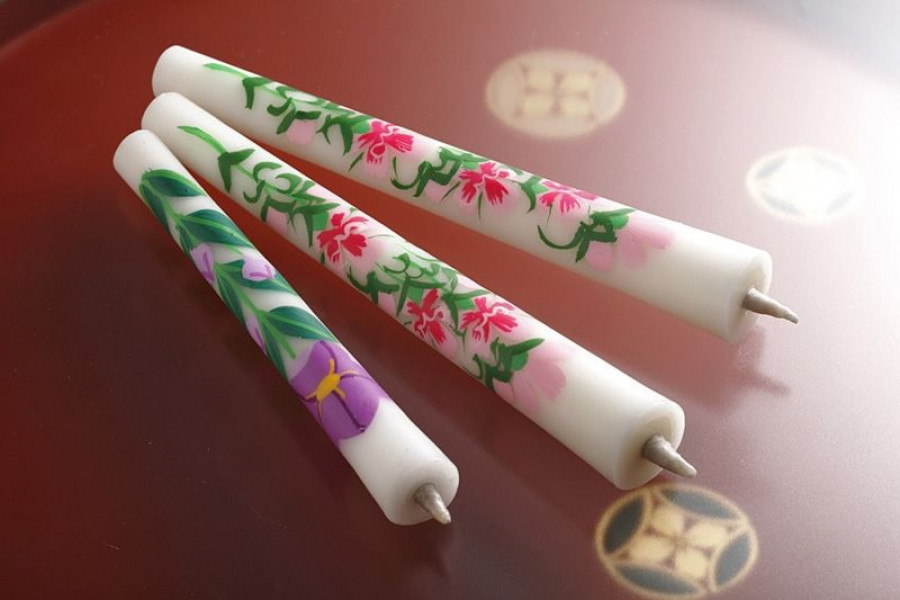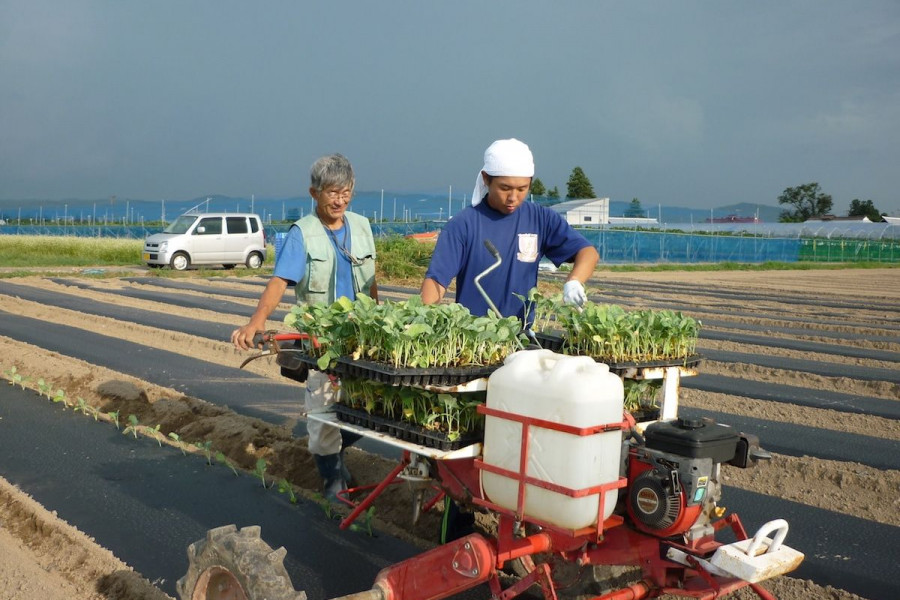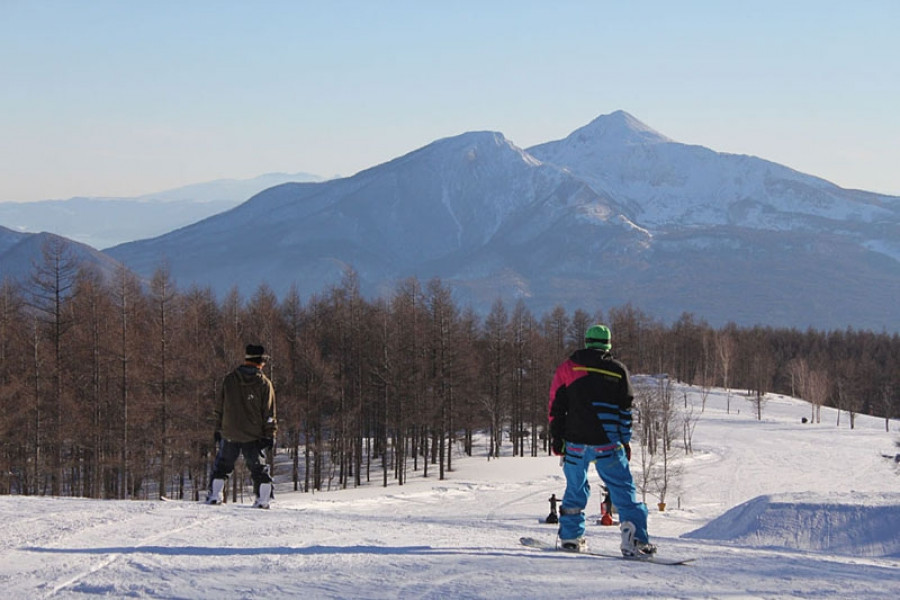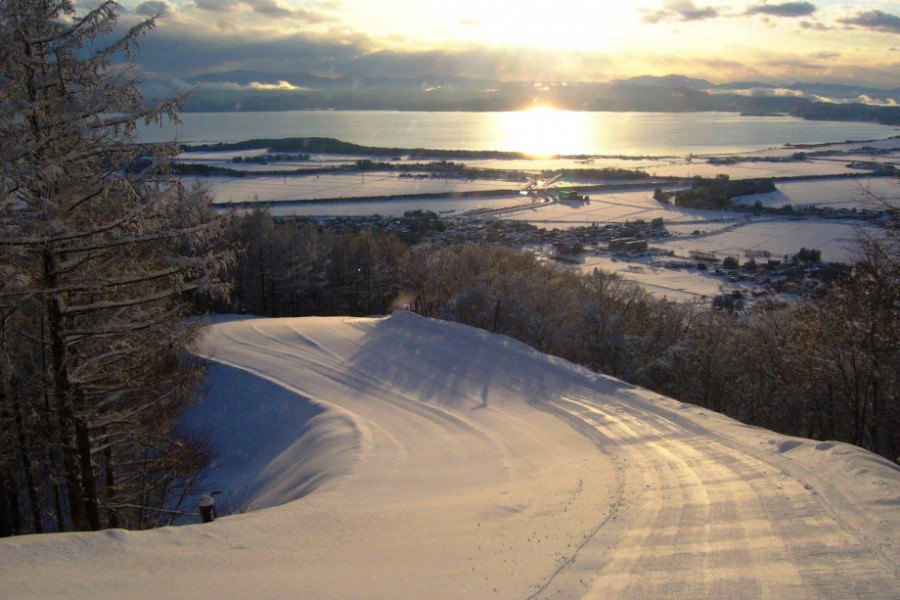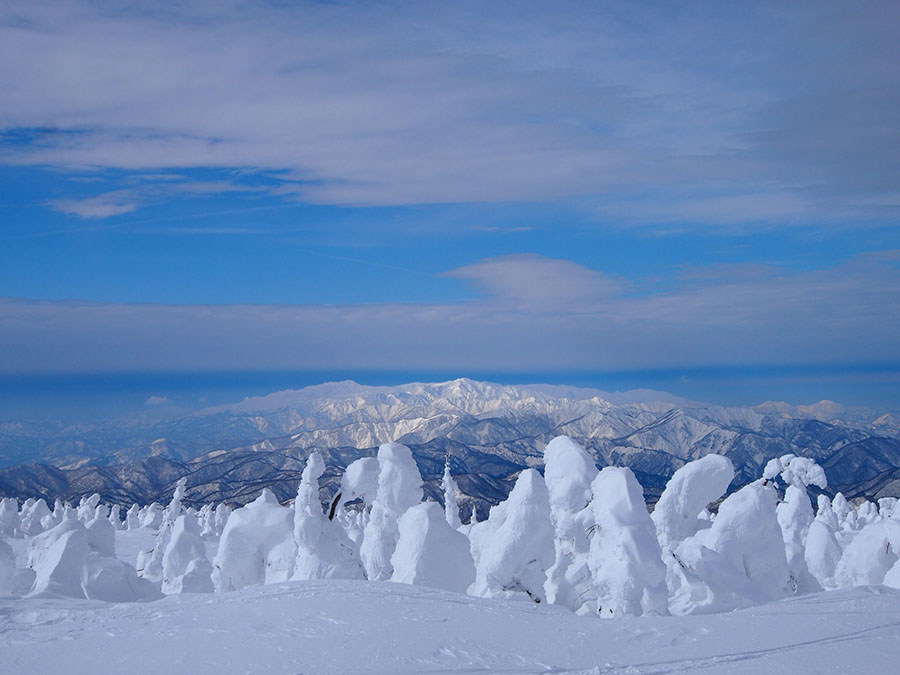
Chinkin Taiken (Sunken-Gold Design Experience)
The Tradition of Aizu lacquerware in Fukushima Prefecture has continued for 400 years. Try out creating a design on Aizu Lacquerware with a technique called Chinkin ("Sunken-gold") at Tsunoda Lacquer Art Studio. Sketch your design on tracing paper, and then mark it onto the lacqerware with a needle. Tsunoda san will help you fill the grooves created by your needle with gold and silver powder to create your design. Alternatively, try painting your own design on Aizu lacquerware at the studio. Either experience will create a great souvenir of your trip in Japan. These experiences take about an hour.
